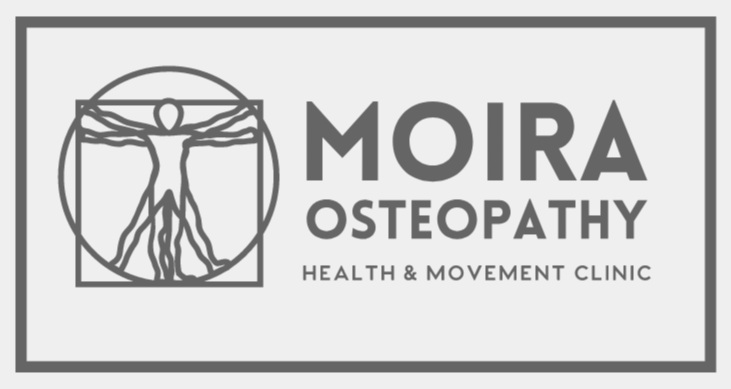
Osteopathy is a form of manual therapy that is used for detecting, treating, and preventing issues with muscles and joints, and the effects of these conditions on your general health. As primary care professionals, we use many of the diagnostic procedures applied in conventional medical assessments. Osteopathy is based on the principle that your body has the ability to heal itself. We seek to restore the optimal function of the body to treat existing conditions and prevent illness (where possible without the use of drugs or surgery).
Osteopaths take a patient-centred approach to health and well-being, which means we consider symptoms in the context of your full medical history, as well as lifestyle and personal circumstances. This holistic approach ensures that all treatment is tailored to the individual patient.
What can Osteopaths treat?
Osteopaths are commonly known for treating back pain and postural problems including changes due to work strain, driving, pregnancy, the pain of arthritis, and minor sports injuries.
Here is a comprehensive list of the conditions that we can treat:
Back pain (general, acute & chronic backache)
Low back pain
Sciatica
Shoulder and elbow pain
Tennis elbow (lateral epicondylitis)
Frozen shoulder
Minor sports injuries
Muscle spasms
Neck pain
Headache arising from the neck (cervicogenic)
Migraine prevention
Generalised aches and pains
Muscle strain
Ligament sprain
Tension and inability to relax
Rheumatic pain
Neuralgia (nerve pain)
Cramp
Joint pains, including hip and knee pain from wear and tear (adjuvant to osteoarthritis treatments and exercise)
What can I expect at my first appointment?
We make sure all our new patients feel welcome, safe, and taken care of. During your first visit, an osteopath will review your current issue, medical and family history, and other details (such as diet and lifestyle factors).
For the examination, we will assess your joints, muscles, movement, and perform any other relevant tests to come to an accurate diagnosis. We may ask you to partially undress in order to properly assess relevant parts of the body. If you are not comfortable getting undressed, you can bring clothes to change into before the examination (i.e. sleeve-less top and shorts).
Next, your osteopath will explain to you the working diagnosis (the suspected cause of your pain), and treatment plan (i.e. what type of treatment is most suitable, how many sessions you may require, etc.).
Our patients’ comfort and satisfaction is our top priority. We encourage an open dialogue and will address any concerns or questions you may have regarding diagnosis or treatment options at any time. Once you understand and are happy with the suggested course of action, we will begin treatment.
The treatment will vary depending on the case, but may include: physical manipulation, stretching and massage to increase the mobility of joints, relieve muscle tension, and enhance the blood and nerve supply to tissues, to help your body’s own healing mechanisms. We may also include advice on posture, stretching, exercises, nutrition, and lifestyle.
We are GOsC Registered
The General Osteopathic Council (GOsC) was established by the Osteopaths Act 1993 to provide for the regulation of the profession of osteopathy. The General Osteopathic Council regulates the practice of osteopathy in the United Kingdom. By law osteopaths must be registered with the GOsC in order to practise in the UK.



